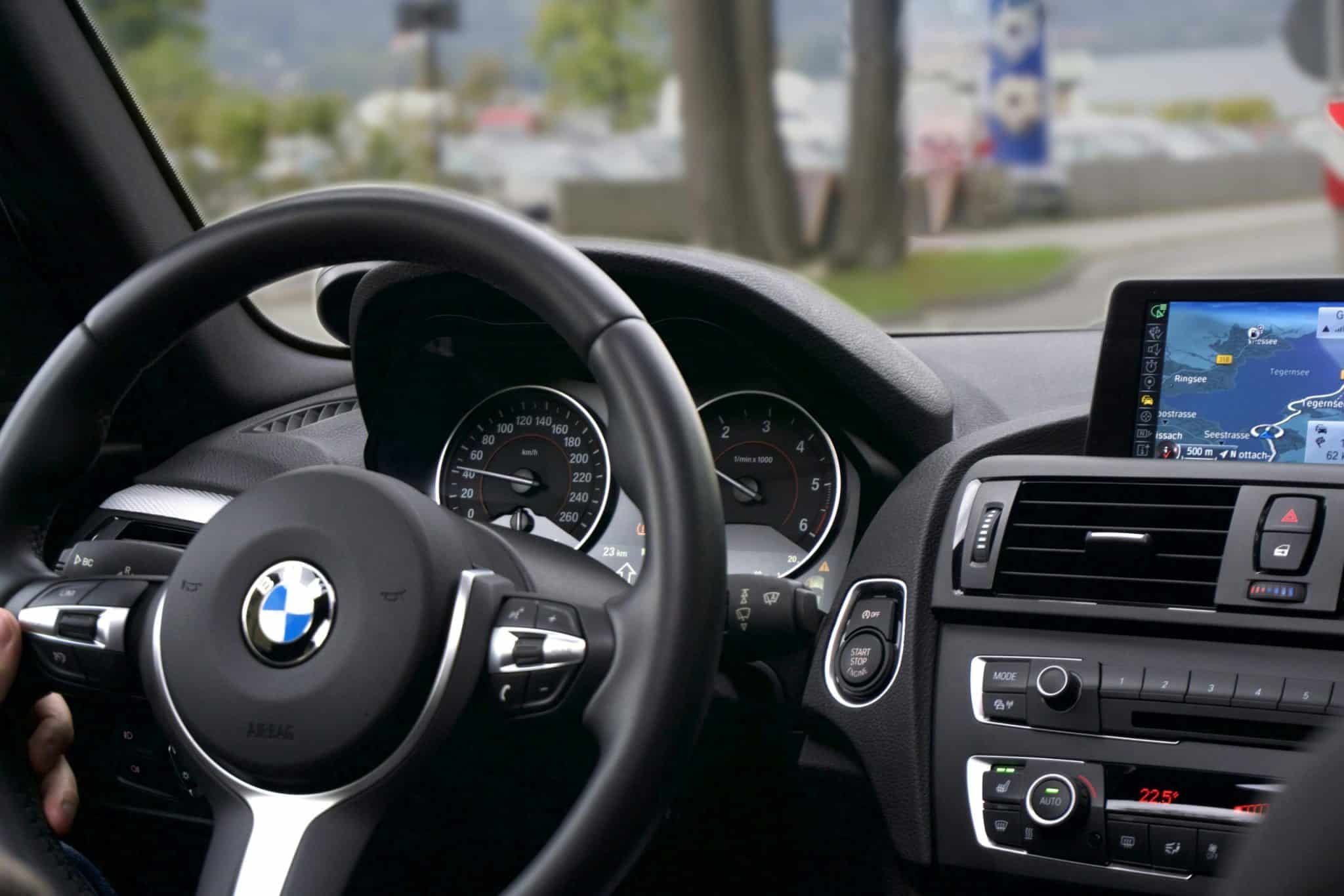Software-Defined Vehicles: The New Frontier in Automotive Tech
The automotive industry is entering a new era of innovation and advancement with the emergence of Software-Defined Vehicles. These highly intelligent and technologically advanced vehicles are quickly becoming the new frontier in automotive tech and are set to revolutionize the way we drive and interact with our cars. In this article, we will explore the concept of Software-Defined Vehicles and their potential impact on the automotive industry.
What are Software-Defined Vehicles?
Software-Defined Vehicles (SDV) can be defined as cars with the ability to incorporate software-driven technologies for enhanced functionality and performance. These vehicles are equipped with advanced sensors, processors, and software that allows them to collect and analyze data in real-time, making them highly intelligent and adaptable to their surroundings.
The Role of Software in Automotive Tech
The automotive industry has always been driven by innovation and technological advancements. From the invention of the first gasoline-powered car to the recent development of self-driving vehicles, software has played a crucial role in shaping the automotive landscape. The integration of software in vehicles has significantly enhanced their performance, safety, and convenience. However, Software-Defined Vehicles are set to take this to a whole new level.
The Components of Software-Defined Vehicles
SDVs are made up of various components that work together to create a highly sophisticated and intelligent vehicle. These components include sensors, processors, software, and connectivity modules.
Sensors
Software-Defined Vehicles are equipped with an array of sensors that collect data from the vehicle’s surroundings. These sensors can include cameras, radar, LIDAR, and ultrasonic sensors. They provide real-time information to the SDV’s software, allowing it to make complex decisions based on the data collected.
Processors
The processors in Software-Defined Vehicles are responsible for processing the data received from the sensors. These advanced onboard computers can make millions of calculations per second, enabling the vehicle to respond quickly and accurately to its environment.
Software
The software is the brain of the SDV. It receives data from the sensors and processes it using algorithms and artificial intelligence to make decisions in real-time. Software updates can be downloaded to SDVs, making them constantly evolving and improving their performance.
Connectivity Modules
SDVs are connected to the internet and other vehicles, allowing them to access real-time data and communicate with other vehicles on the road. This connectivity also enables SDVs to receive over-the-air software updates, making them constantly up-to-date with the latest technology.
The Benefits of Software-Defined Vehicles
The integration of software in vehicles has brought about numerous benefits, and SDVs are set to multiply these advantages significantly. Some of the benefits of SDVs include improved safety, enhanced performance, and increased convenience.
Safety
The advanced sensors and software in SDVs work together to create a highly safe driving experience. These vehicles can detect potential hazards and take evasive action to avoid accidents. Moreover, the connectivity between SDVs allows them to communicate and share real-time data, further promoting safety on the road.
Performance
SDVs are equipped with advanced software that constantly monitors and analyzes the data collected from the sensors. This enables the vehicle to optimize its performance based on various factors, such as road conditions and weather, resulting in a more efficient and smooth driving experience.
Convenience
The advanced technology in SDVs also brings about increased convenience for drivers. These vehicles can handle various tasks, such as parking and navigation, making driving less stressful and more enjoyable. The constant updates and improvements to the software also eliminate the need for regular maintenance, saving drivers time and money.
The Future of Software-Defined Vehicles
The emergence of Software-Defined Vehicles marks a significant milestone in the automotive industry. These highly intelligent vehicles have the potential to drastically improve the way we drive, making our roads safer, more efficient, and more convenient. As technology continues to advance, we can only imagine the endless possibilities for Software-Defined Vehicles in the future.
The Challenges Ahead
While the benefits of SDVs are undeniable, there are still some challenges that need to be addressed before these vehicles can become mainstream. One of the biggest challenges is the legal and regulatory framework surrounding SDVs, particularly in terms of liability and responsibility in case of accidents. Additionally, there is also the issue of cybersecurity to consider, as SDVs are vulnerable to cyber-attacks and hacking attempts.
In Conclusion
Software-Defined Vehicles are indeed the new frontier in automotive tech. Their advanced technology and potential for improving safety, performance, and convenience make them a game-changer in the automotive industry. As we continue to see advancements in technology, there is no doubt that SDVs will become a common sight on our roads in the near future.









